The Fine Arts Library at Harvard has one of the world’s most significant holdings of historical photographs of the Middle East.
With approximately 175,000 images in over 280 collection, these photographs offer a rare opportunity for scholarly study and discovery of the Middle East, its people, and culture

Turkey. Istanbul. Kebab seller, ca. 1890. Photographer- Sébah & Joaillier.
The new exhibition at the Harvard Art Museum entitled “Technologies of the Image: Art in 19th Century Iran” is now on view. This exhibition “brings together four principal art forms, lithography, photography, lacquer, and painting and drawing on paper, to explore their separate and intertwined histories, context of production, and means of dissemination across sectors of society ranging from the courtly elite to the citizenry at large1.” Several of the objects are on loan from collections within Harvard university and from private and public collections in the United States and abroad
Photographs from the Album of Ali Khan Vali are on view for the first time at this Exhibition. It is a unique collection of more than 1400 photographs annotated with hand writing.
Bibliographer in Islamic Art and Architecture in Fine Arts Library, András Riedlmayer, provided the following biography on Ali Khan Vali: `Alí Khán, son of Mohammad Qásem Khán Válí, son of Dust `Alí Khán Mo`ayyero’l-mamálek, was born in Tehran in 1262 Hijri qamari (1846), `Ali Khan accompanied his father, a diplomat, to Saint Petersburg in 1855 — where he studied French and learned photography at the Russian imperial court. From 1296 Hijri qamari (1879), when he was named governor of Marāgheh, until ca. 1900, Ali Khan held a series of posts in the region of Azerbaijan, as the governor of Orumiyeh, Khoy and Ardabil and as mayor of Tabrīz. During this period he illustrated his reports to the government in Tehran with photographs. He also kept a personal archive of the many photographs he took himself or photographs by others that he collected, in a massive album that has been preserved in the possession of his family. `Alí Khán Válí died in 1902 and was buried in Qum
Special thanks to Harvard University for allowing us to publish these photos, captions, and sharing this information. All photographs held by the Special Collections of the Fine Arts Library, Harvard University.
- Ali Khan Vali
- Ali Khan Vali
- Ali Khan Vali
- Ali Khan Vali
- Ali Khan Vali
- Ali Khan Vali
- Ali Khan Vali
- Ali Khan Vali
- Ali Khan Vali
- he Persian Family, Switzerland, Zurich, 1904–12. Chromolithograph (photochrome). Collection of Azita Bina and Elmar W. Seibel, TL41579.9. Photo: Courtesy Elmar Seibel.
- Afghanistan. Qandahar. Mausoleum of Ahmad Shah Durrani, 1880. Photographer- Benjamin Simpson.
- Algeria. Algiers. Boulevard facing the harbor, 1870s. Photograph by Alexandre Leroux.
- Bosnia-Herzegovina. Mostar. Old Ottoman Bridge, ca. 1890. Unknown photographer.
- Egypt. Cairo. Northern Cemetery (Qarafa al-Kubra), ca. 1887. Photograph by G. Lekegian.
- India. Golkonda. Tombs of the Qutb Shahi rulers, ca. 1885. Photograph by Lala Deen Dayal.
- Iran. Naqsh-e Rostam. Fire altars, ca. 1880-1908. Photograph by Antoin Sevruguin.
- Iran. Portrait of a Qajar-era gentleman, ca. 1890s. Unknown photographer.
- Iran. Prayers at a mosque, ca. 1880-1908. Photograph by Antoin Sevruguin.
- Iran. Shiraz. Mausoleum of Sa’adi, ca. 1880-1908. Photograph by Antoin Sevruguin.
- Iraq. Baghdad. Aerial view of the Mashhad al-Kazimayn (مشهد الكاظمين – tombs of the 7th and 9th imams), ca. 1923. British Royal Air Force official photograph.
- Morocco. Fès (فاس). Suq (market street) inside the old walled town, ca. 1920. Unknown photographer.
- Spain. Granada (غرناطه). Courtyard in the Alhambra palace (قصر الحمراء), ca. 1870. Photograph by Jean Laurent.
- Syria. Damascus. Ablution fountain in the courtyard of the Great Mosque, ca. 1870s. Photograph by Félix Bonfils.
- Syria. Damascus. Guard of a mosque, ca. 1870s. Photograph by Félix Bonfils.
- Turkey. Istanbul. Kebab seller, ca. 1890. Photographer- Sébah & Joaillier.
- Uzbekistan. Samarqand. Street in the native quarter, ca. 1900. Stereographic photograph (3-D image) by the Russian photographer N.P. Petrovsky.
References:
- https://www.harvardartmuseums.org/visit/exhibitions/5117/technologies-of-the-image-art-in-19th-century-iran

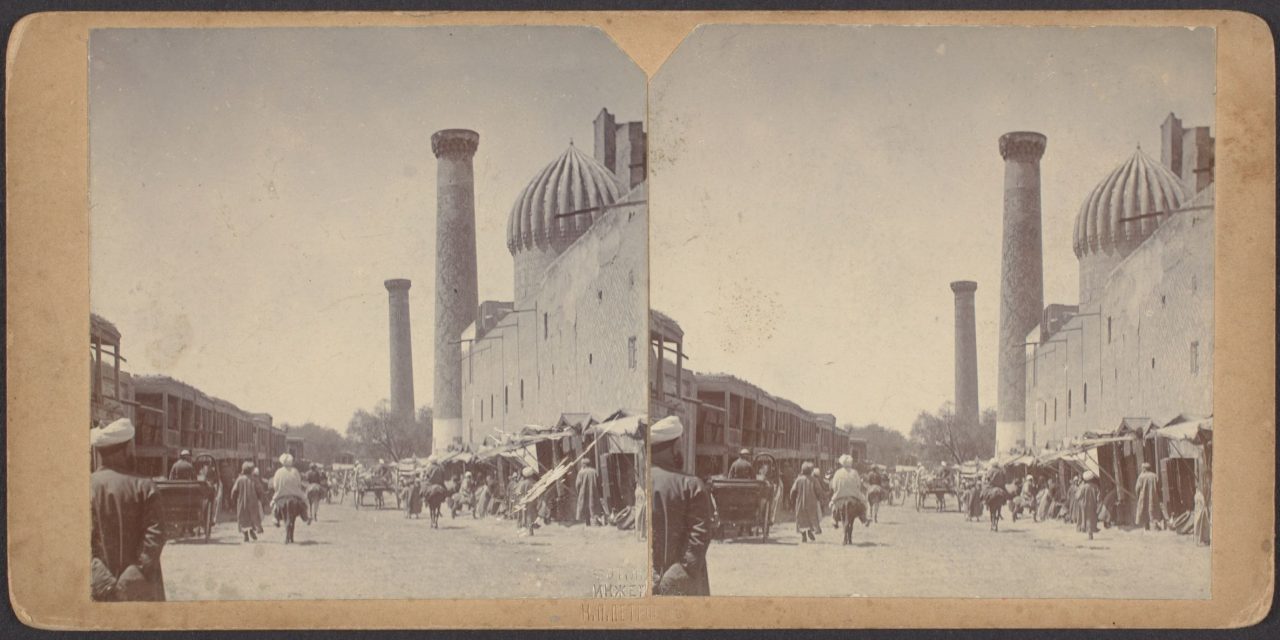


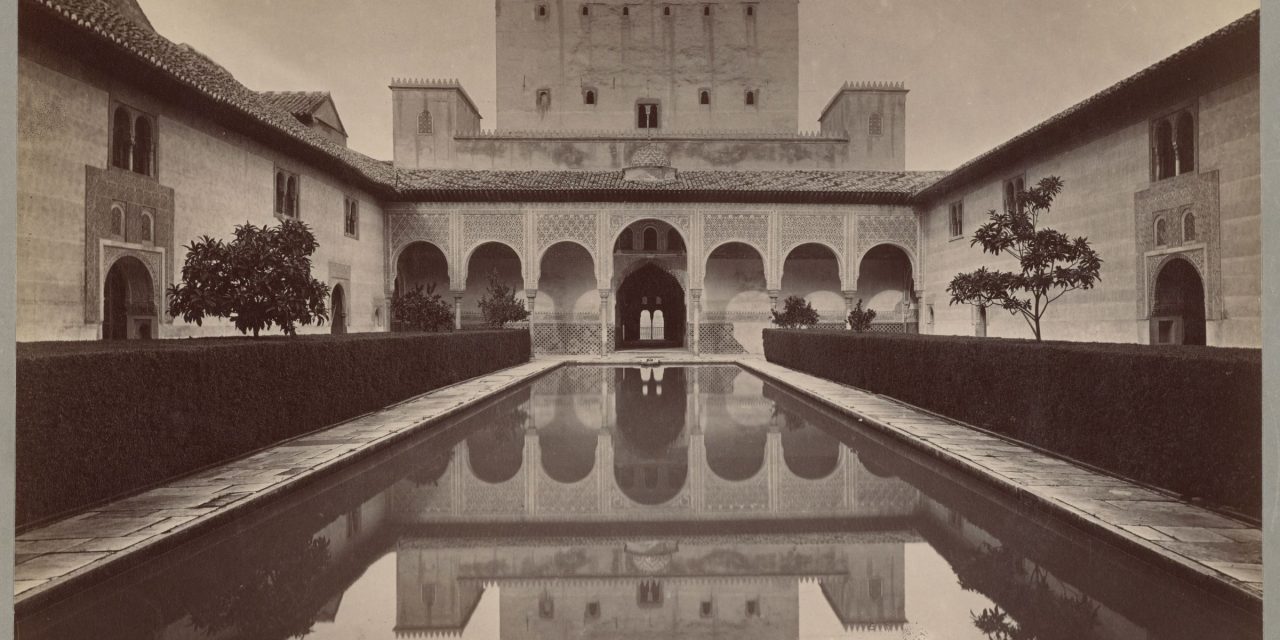
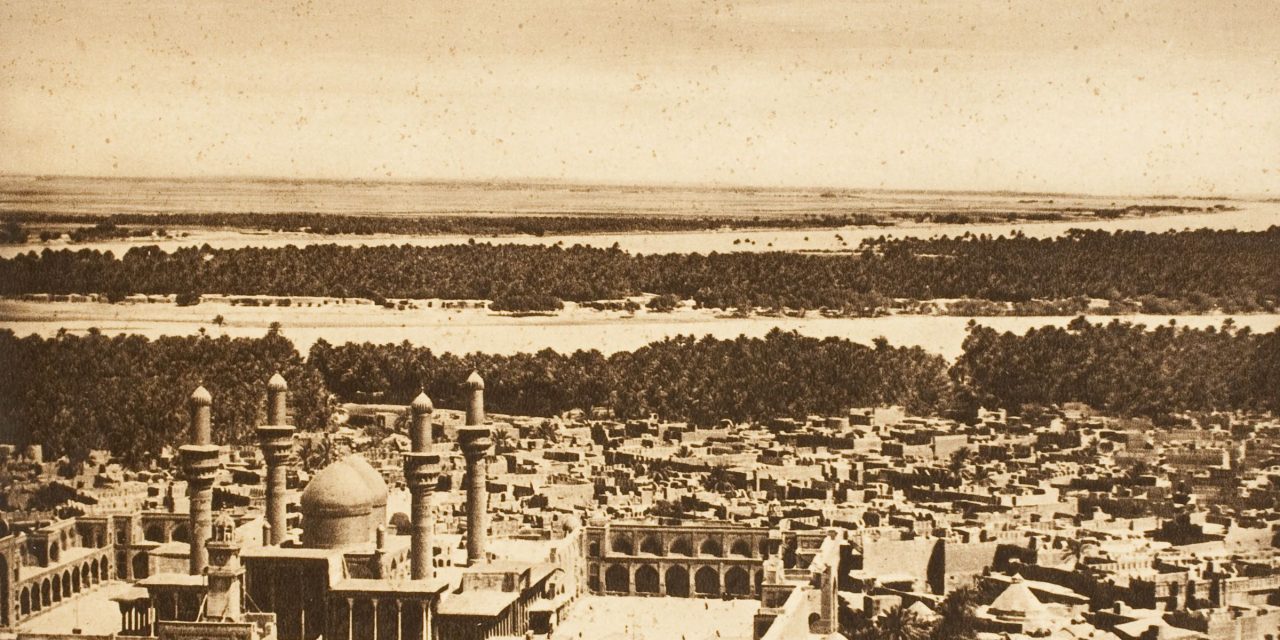


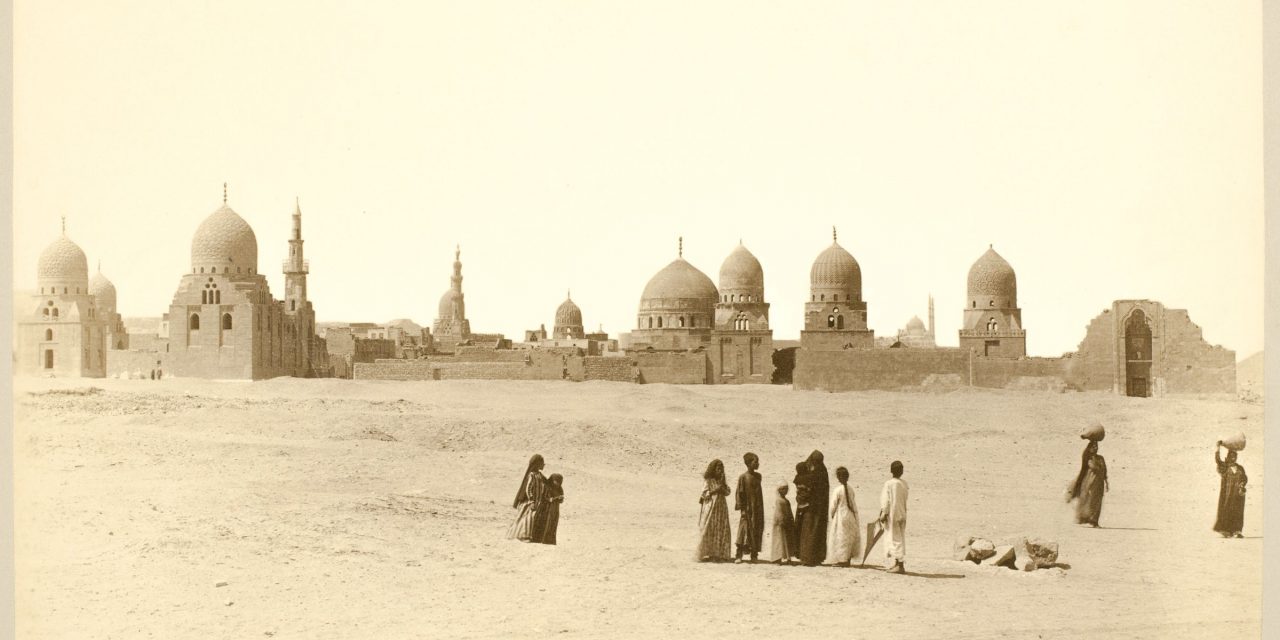
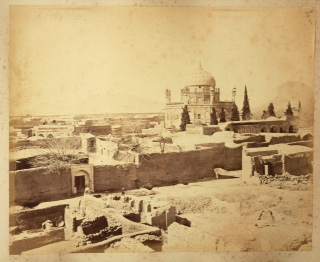
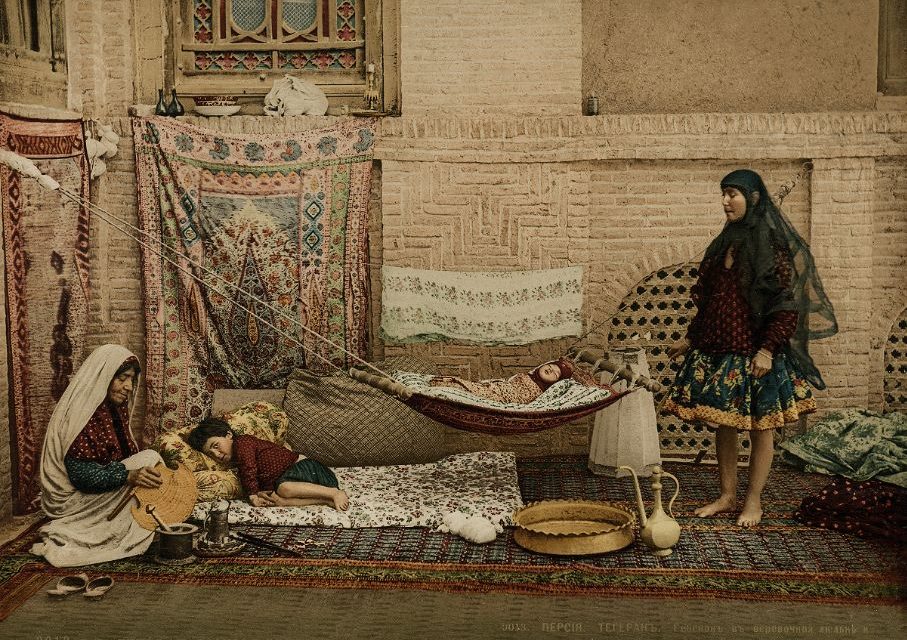
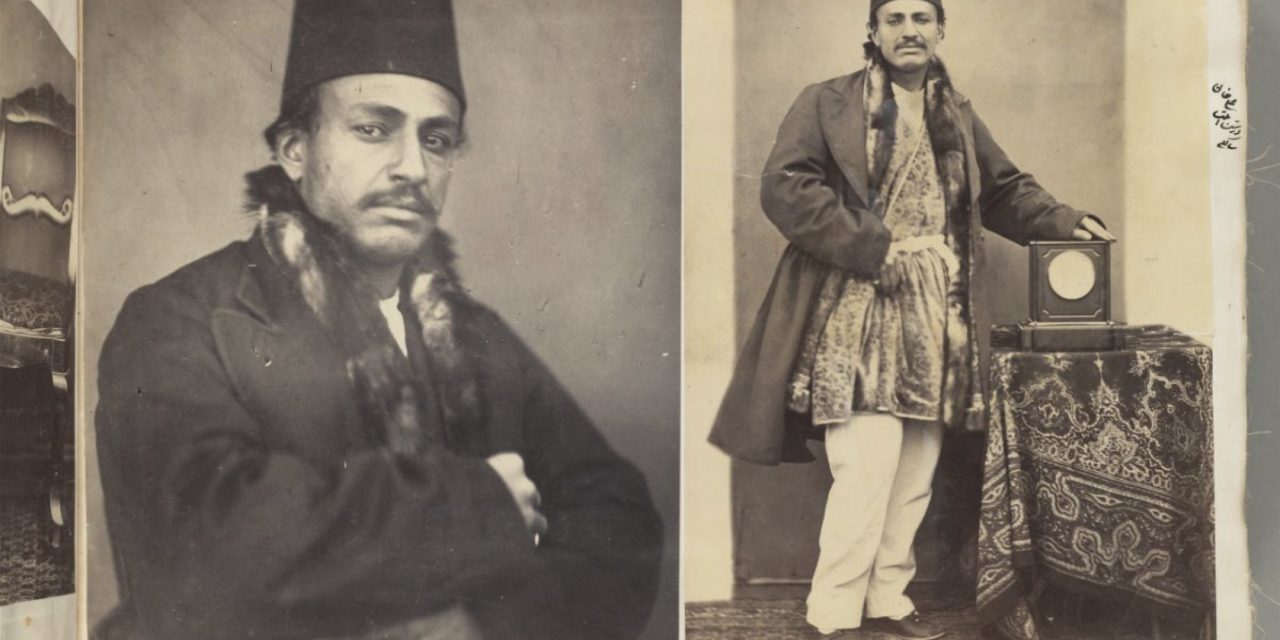


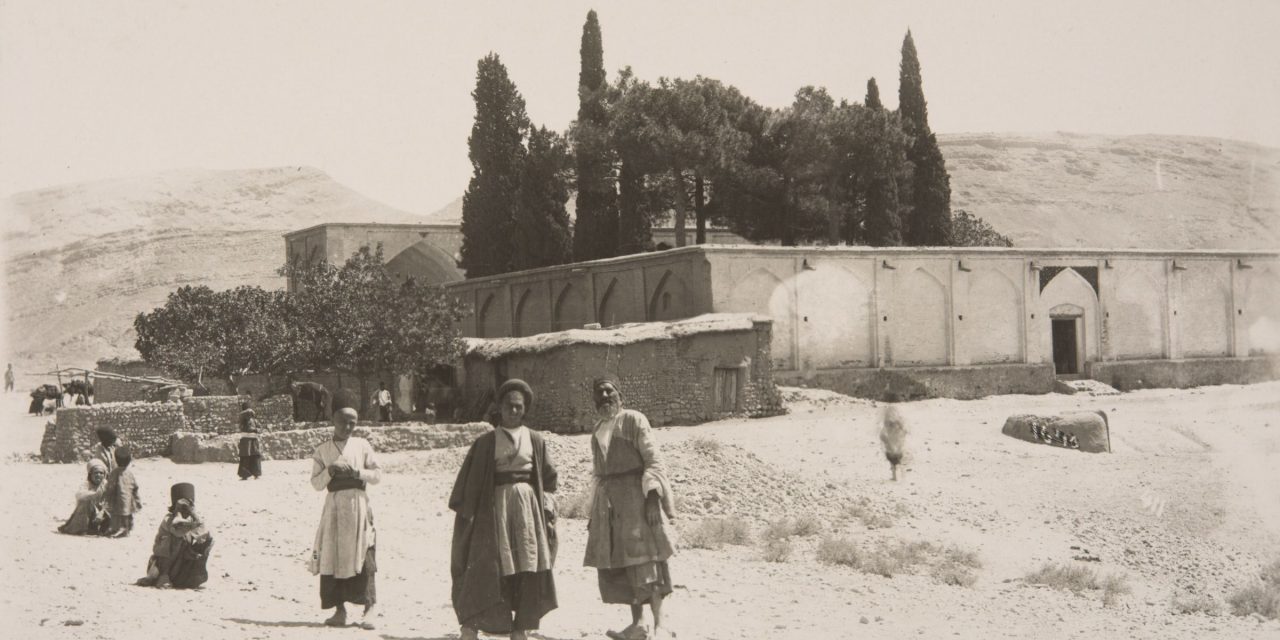
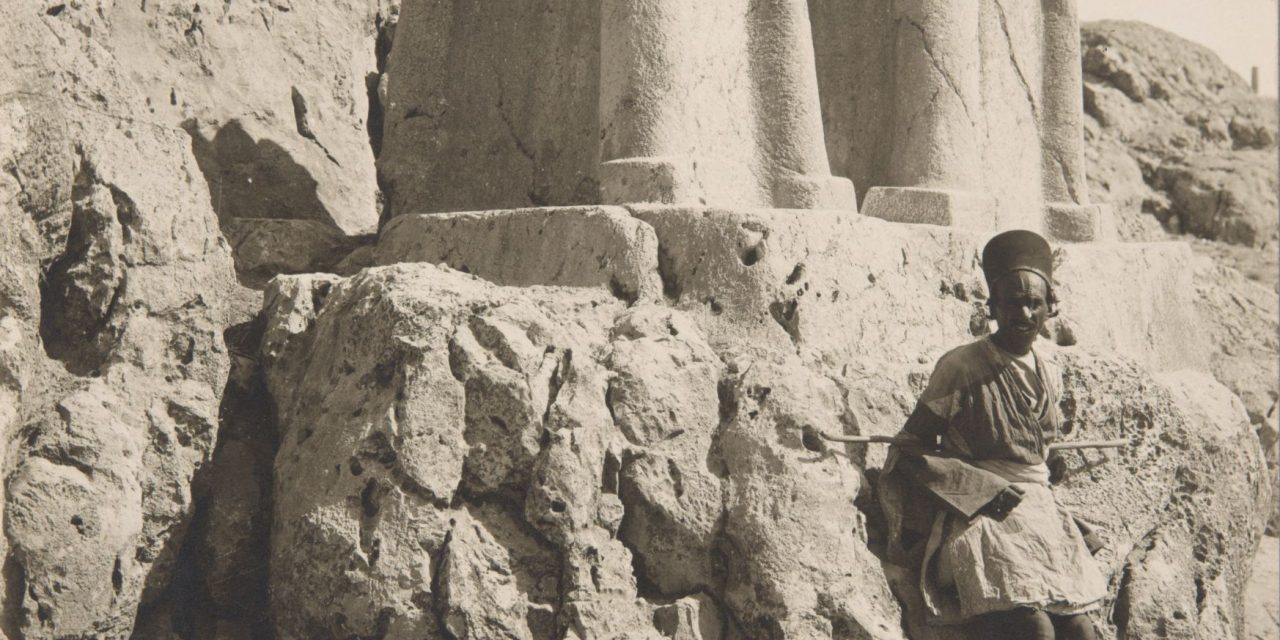
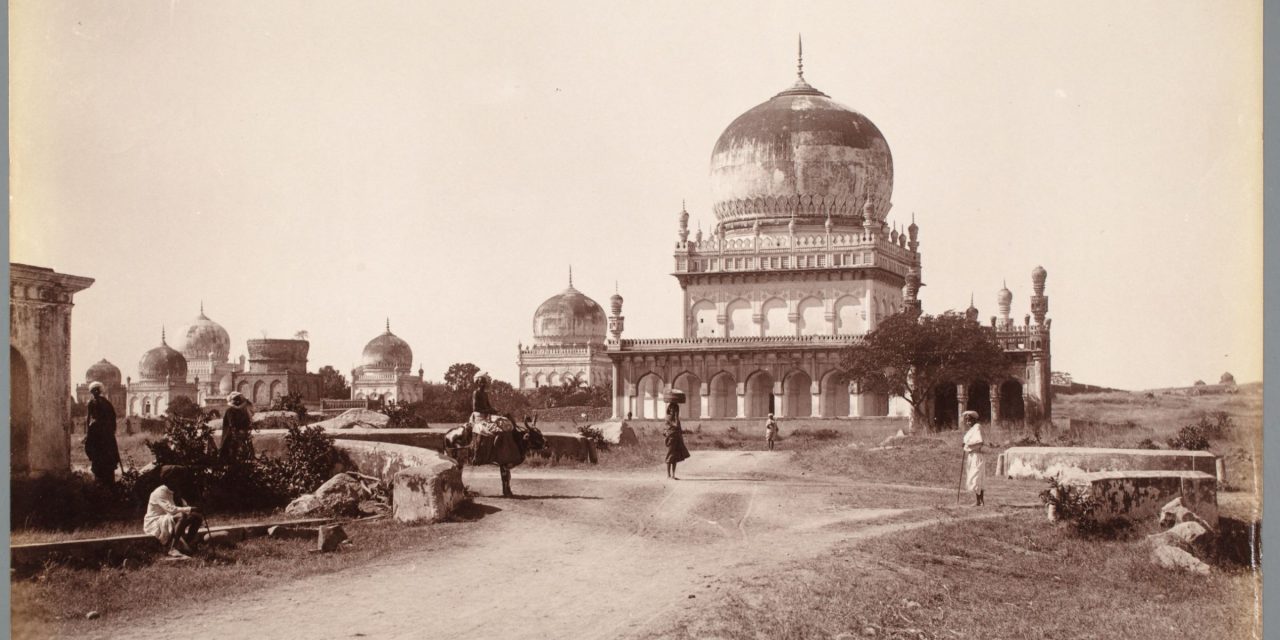
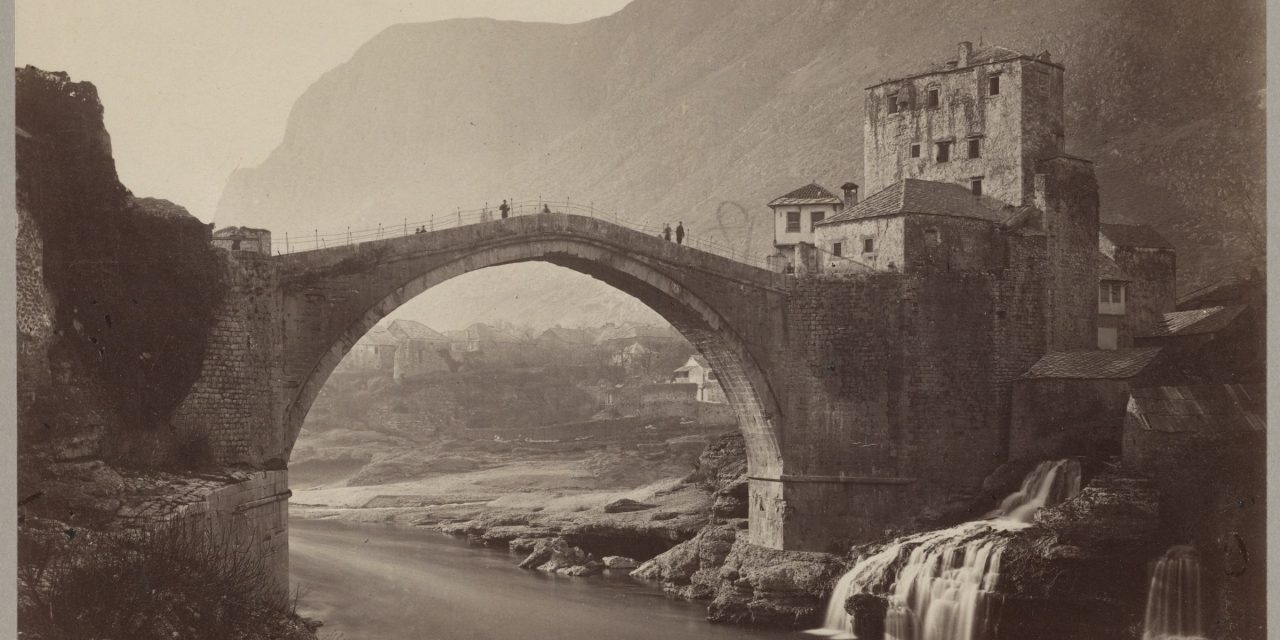
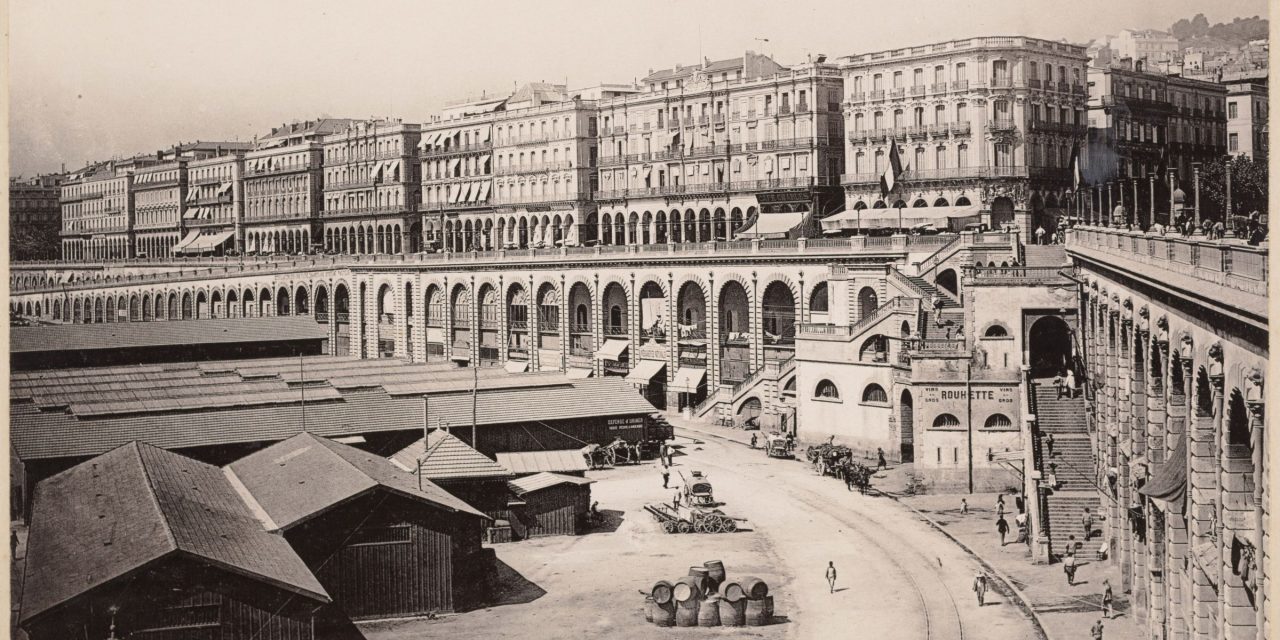

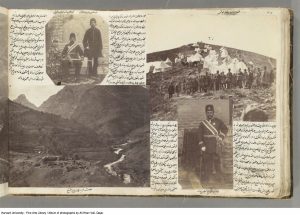
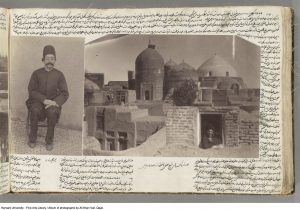

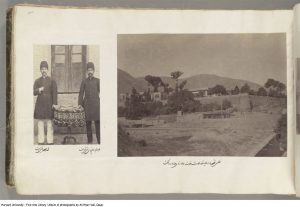

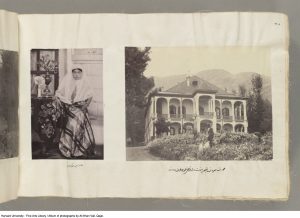
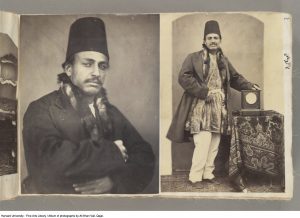





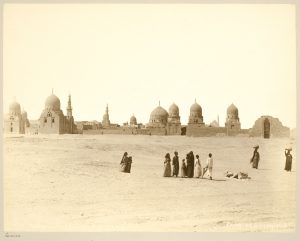
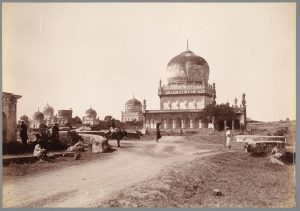




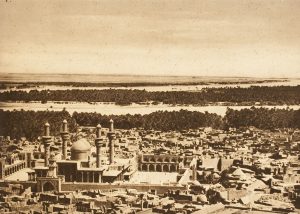





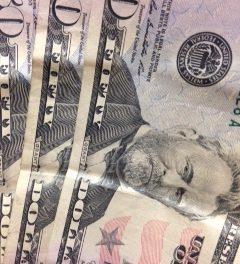

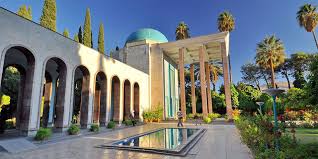

Recent Comments/نظرات اخیر